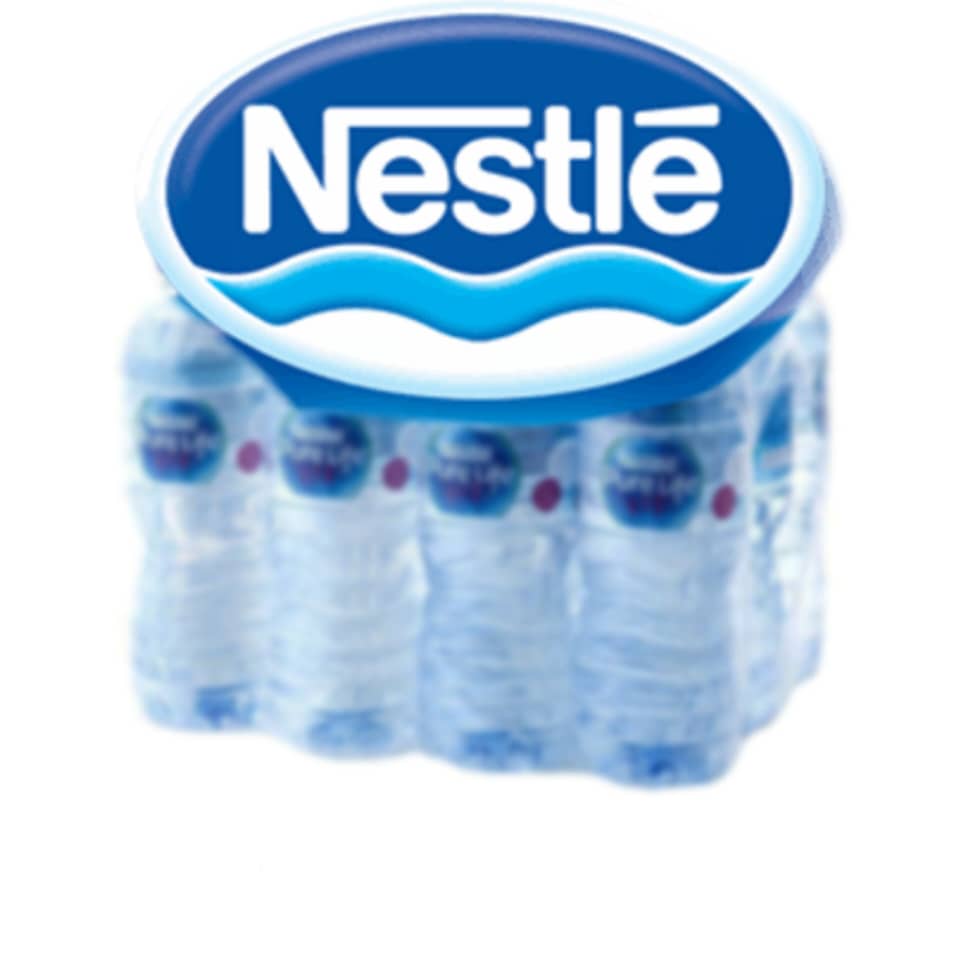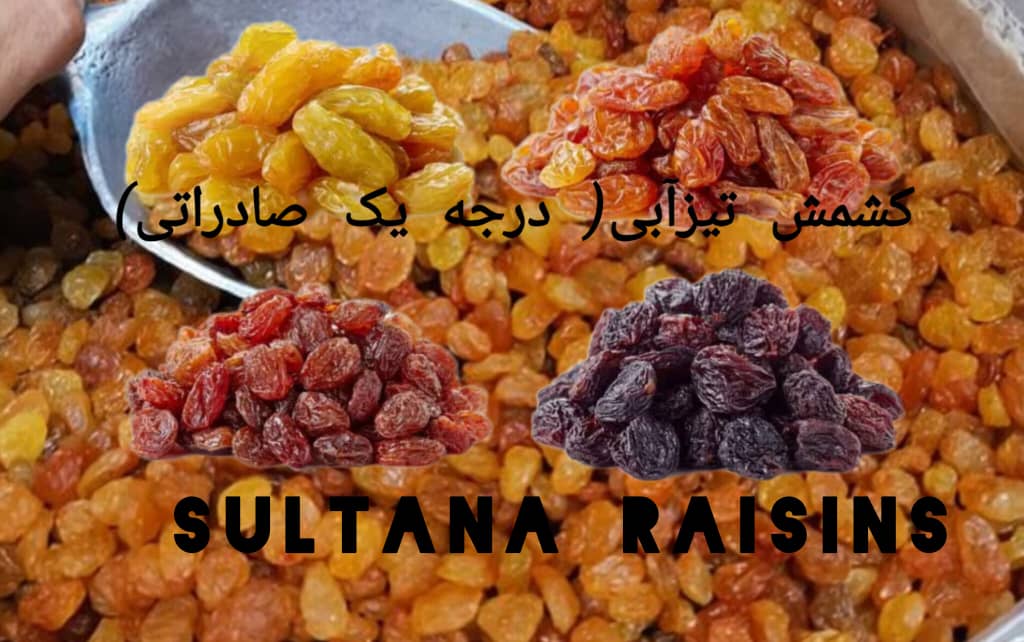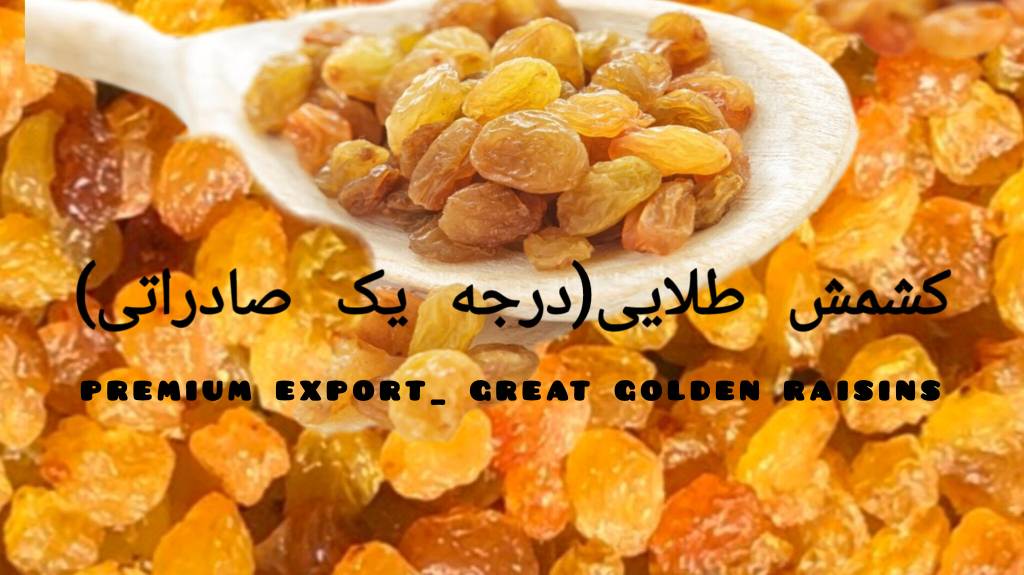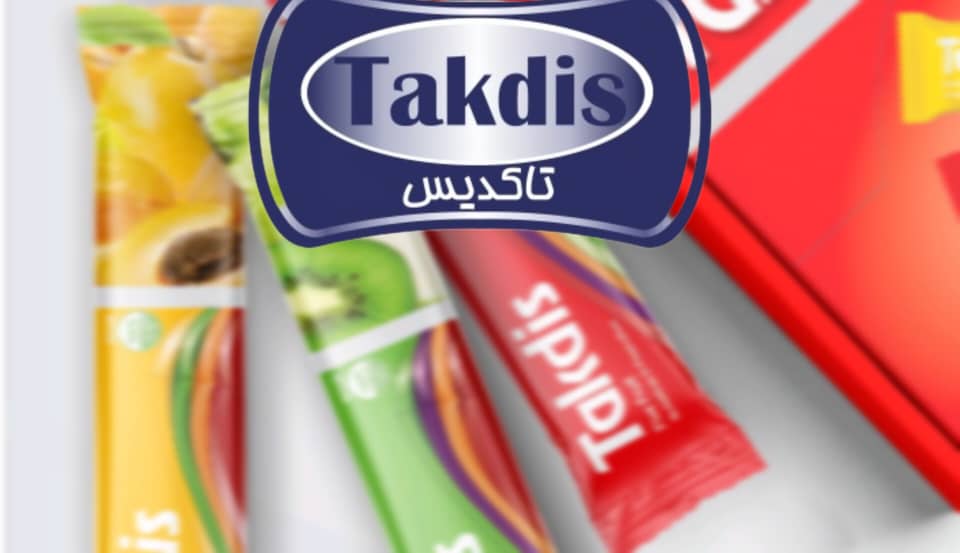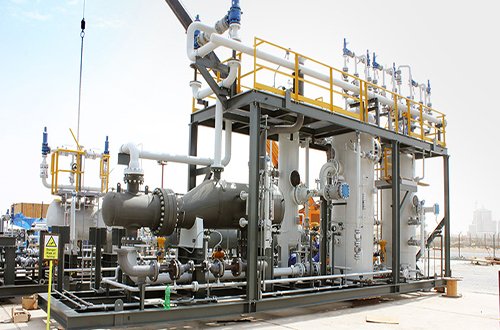
- Seen : 1028 View
In addition to separating water, oil and NGL, one of the most important parts of gas processing is the removal of carbon dioxide and sulfur. Gases from petroleum sources generally contain varying amounts of hydrogen sulfide and carbon dioxide. This natural gas is called "sour gas" because of the bad smell of its sulfur contents.
Gaseous hydrogen sulfate (sulfur compounds) and carbon dioxide are not known as sweet gas.
The action or actions that remove sulfur compounds from oil or gas are called gas sweetening. Sour gas contains sulfur or compounds of sulfur that must be removed because it both makes the refined product inadequate and harmful to appliances. Of course, extracted sulfur is used in industry.
Why should sulfur compounds (H2S content) and carbon dioxide (CO2) be separated from the gas?
1) Both of these gases produce toxic gases when burned. H2S produces SO2 and SO3 when burned, both of which are toxic. (CO2) In the absence of oxygen, it produces carbon monoxide, which is a toxic gas.
2) Since these gases are corrosive enhancers, these gases should be removed to prevent corrosion of metals.
3) High amounts (CO2) reduce the heating capacity of the gas.
Types of gas treatment methods:
Adsorption in solid phase
Physical absorption (molecular sieve)
Chemical absorption (iron oxide)
Absorption in the liquid phase
Physical absorption (fluor, Purisol, sulfinol)
Chemical adsorption (amines, carbonate processes)
Factors Affecting the Selection of Oil and Gas Sweetening Process:
- The type of impurities to be separated from the gas
- The level of impurity concentration and the degree of purity of the gas
- Selective absorption of acidic gases
- Sour gas rate and gas temperature and pressure conditions
- Practicality and desirability of sulfur recycling unit
- Process economics
Saler Company Information




